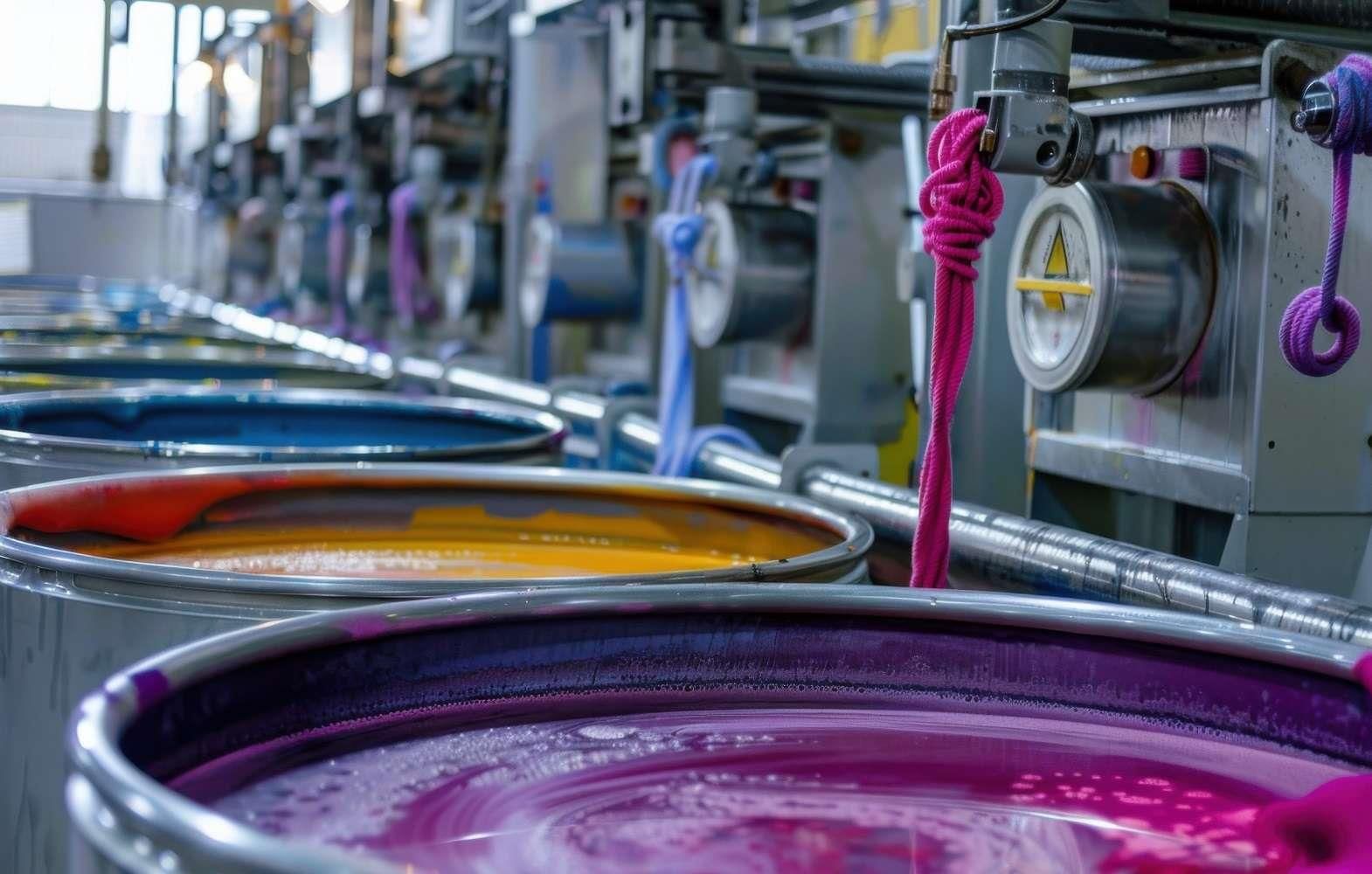Dyeing of wool may be carried out at a number of different processing stages. Wool top, yarn, fabric, and garments can all be dyed; the method selected will be the one which best suits the processor's requirements such as price and production lead times.
Finishing is an integral step in the manufacture of all wool products. How well it is done dramatically impacts upon the handle, appearance, and wear performance of the final knitted garment.
In knitted garments and fabrics finishing aims to reduce or eliminate relaxation shrinkage, improve handle and appearance, and remove any residual processing aids.
Worsted-spun knitwear receives a very light wash and steam, whereas woollen-spun knitwear is washed more intensively to create the bulk and hairiness for which it is famous.
In woven fabrics, finishing aims to relax and stabilize strains within the fabric that are introduced during spinning and weaving and remove any residual dirt, lubricants, and waxes through washing. The typically smooth surface of a woven fabric is achieved by shearing off surface fibers then pressing with high-temperature steam.
In both knitted and woven products, finishing allows for the application of value or functional finishes.
Read Full Article
Originally published in the New Cloth Market, March 2012.








Comments